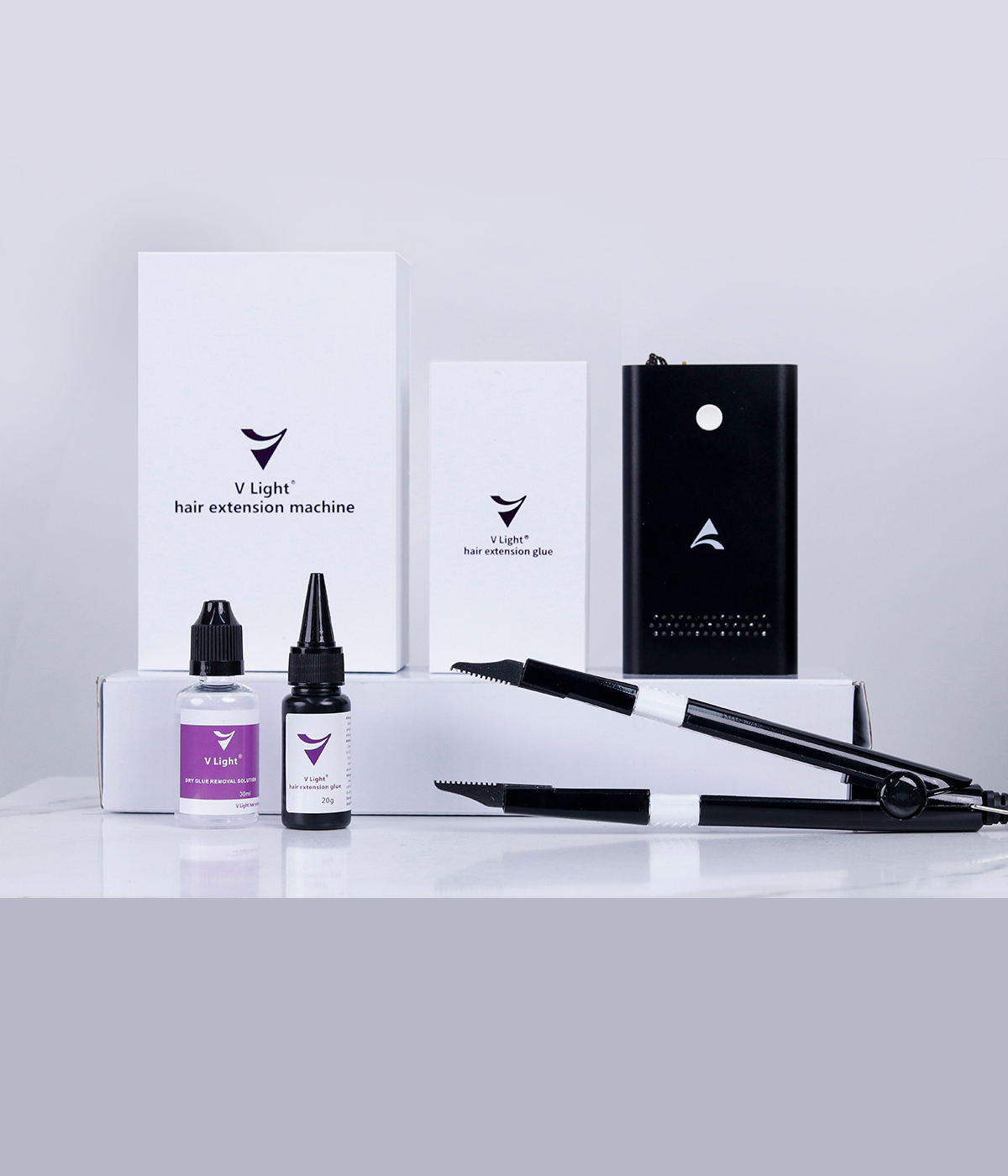A Comprehensive Guide to Choosing Between Hair Toppers and Cover-up Hair Patches
Jul 28,2023
Experiencing hair loss can be a daunting experience, but finding the ideal solution for hair replacement can restore your confidence and give you a natural appearance. Two popular options to consider are hair toppers and cover-up hair patches. However, choosing the right one can be challenging without proper guidance. This article aims to help you make an informed decision by examining important factors such as coverage area, hair type, attachment method, lifestyle compatibility, lifespan, and budget. By understanding these crucial distinctions, you can confidently select the option that best meets your specific needs.

1. Coverage Area
When comparing hair toppers and cover-up hair patches, it's crucial to consider the extent of coverage offered by each option. Cover-up hair patches are versatile and designed to conceal specific areas of the scalp, such as thinning hair or bald spots. They provide flexibility as you can customize the base to match your head shape, resulting in a seamless and natural appearance. Conversely, hair toppers generally cover a larger area, typically 5 inches by 5 inches or more. They are suitable for addressing concerns such as a receding hairline, thinning top, or thinning crown.
When deciding between hair toppers and cover-up hair patches, it's essential to assess the extent of coverage you need. If you have localized hair loss or specific areas that require attention, a cover-up hair patch may be the perfect solution. However, if you require coverage over a larger area, like the entire top of your head, a hair topper is likely to be the more suitable option.
2. Hair Type
The type of hair used in hair toppers and cover-up hair patches is an essential factor to consider when making your decision. Hair toppers are typically made from either real human hair or synthetic hair. Real human hair toppers offer the most natural appearance and can be styled and colored just like your own hair. Synthetic hair toppers, although less expensive, may not have the same level of realism but can still provide a satisfactory solution.

On the other hand, cover-up hair patches primarily consist of real human hair. These patches are available in standardized sizes and styles, offering the option to personalize them according to the texture, color, and thickness of your natural hair. This level of customization ensures a flawless integration and enhances the overall appearance, resulting in a more authentic look.
Choosing between hair toppers and cover-up hair patches often comes down to personal preference and the desired level of realism. If achieving the most authentic look is crucial to you, a hair topper made from real human hair might be the preferred choice. However, if budget is a primary consideration, cover-up hair patches made from human hair offer a cost-effective alternative.
3. Attachment Method
The attachment method is another crucial aspect to take into account when deciding between hair toppers and cover-up hair patches. Hair toppers can be attached to the scalp using clips, tape, or adhesive. These attachment options provide a secure fit and allow for easy removal and reattachment, making them ideal for individuals with an active lifestyle or those who engage in activities involving sweating or water exposure.
In contrast, cover-up hair patches are typically attached using adhesive. The adhesive provides a strong bond, ensuring that the patch stays in place. While this attachment method offers durability, it may not be as convenient for individuals with an active lifestyle or those who need to remove the patch frequently.
Considering your lifestyle and daily activities will help you determine the most suitable attachment method. If you lead an active life or engage in activities that involve sweating or water exposure, a hair topper with clips or tape may offer greater convenience. However, if you prefer a more permanent attachment that requires fewer adjustments, a cover-up hair patch attached with adhesive may be a better choice.

4. Lifestyle Compatibility
When contemplating your options, it is crucial to consider your lifestyle and daily schedule. If you have a dynamic lifestyle or participate in activities that result in perspiration or regular contact with water, choosing a hair topper might be more suitable. The fact that it can be easily removed and reattached makes it simpler to maintain and provides additional convenience in such circumstances.
On the other hand, if you have a less active lifestyle or prefer a more permanent hair replacement solution, a cover-up hair patch might be a better fit. Once attached, it provides a secure and long-lasting solution that requires minimal adjustment.
Considering your lifestyle and the demands of your daily routine will help ensure that your chosen hair replacement solution aligns with your needs and provides the necessary convenience and comfort.
5. Lifespan
Understanding the lifespan of hair toppers and cover-up hair patches is crucial for long-term planning and maintenance. Cover-up hair patches typically last for around three months, although individual variations exist. It is recommended to remove the patch every one to two weeks to give your scalp a break. Cleaning the base of the patch will allow for reuse.
Hair toppers, with proper care, can last over a year. Caring for your hair topper correctly, including regular cleaning, conditioning, and storing it properly, will ensure its longevity. The lifespan of both hair toppers and cover-up hair patches can vary based on factors such as quality, maintenance routine, and frequency of use.
If you prioritize a longer service life, a hair topper may be the more suitable choice. However, if you prefer a solution that requires less long-term commitment and allows for more frequent changes or updates, a cover-up hair patch may be more appealing.
6. Budget
Budget considerations are essential when deciding between hair toppers and cover-up hair patches. Hair toppers can vary significantly in price depending on factors such as the quality of the hair, customization options, and specific requirements. Real human hair toppers generally tend to be more expensive compared to synthetic hair options. Additionally, the attachment method chosen may also affect the overall cost.
Human hair patches used for covering up hair loss are frequently a more budget-friendly option. These patches are available in standard sizes and styles, minimizing the requirement for personalized customization and ultimately reducing the overall cost.
Thoroughly assess your budget and decide on the amount you are comfortable investing in your hair replacement solution. Remember that although cost is significant, it shouldn't be the only deciding factor. Take into account the overall value, longevity, and suitability of the option to guarantee you make the optimal decision for your requirements.

Choosing between hair toppers and cover-up hair patches can be overwhelming, but understanding the key factors discussed in this article will help you make an informed decision. Consider the coverage area, hair type, attachment method, lifestyle compatibility, lifespan, and budget to determine which option suits you best. Remember, each person's hair loss situation is unique, so what works for one individual may not work for another. By taking the time to evaluate your needs and preferences, you can confidently choose the hair replacement solution that will restore your confidence and give you the desired look.
 patch
patch





